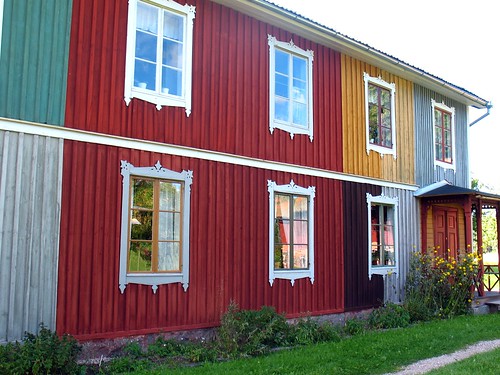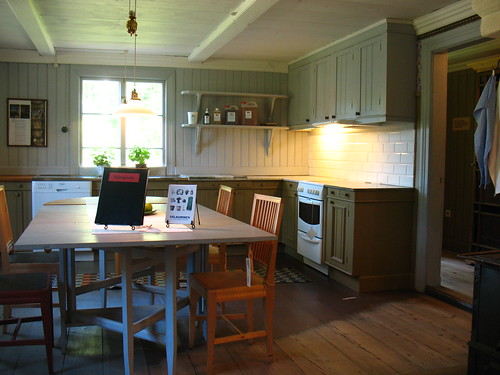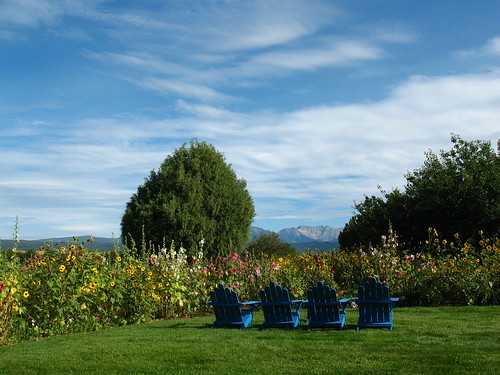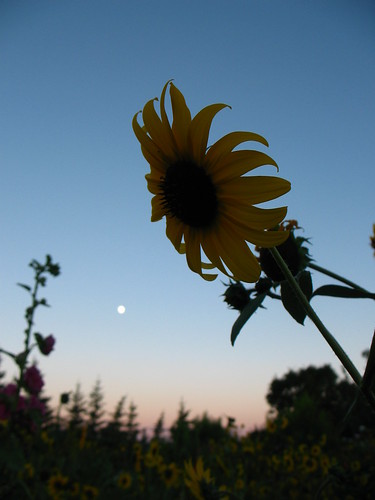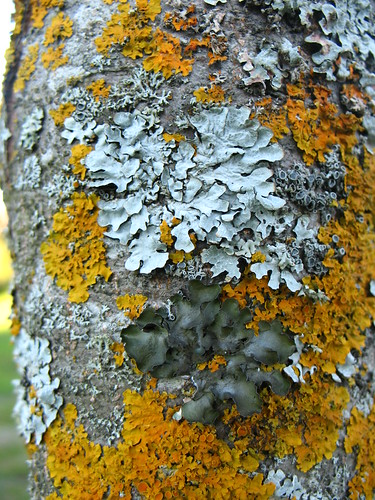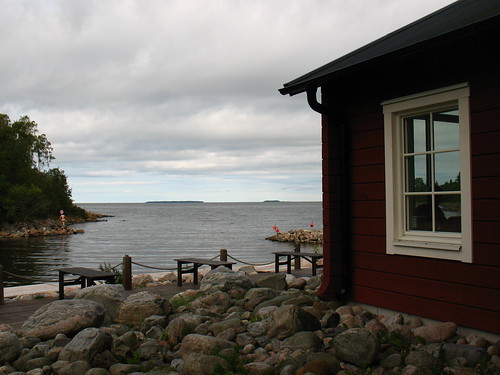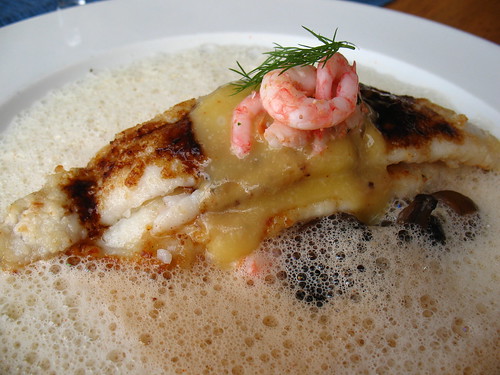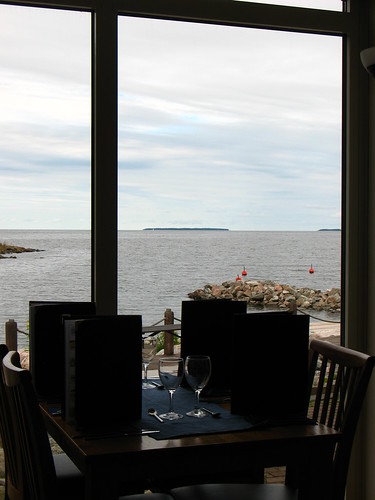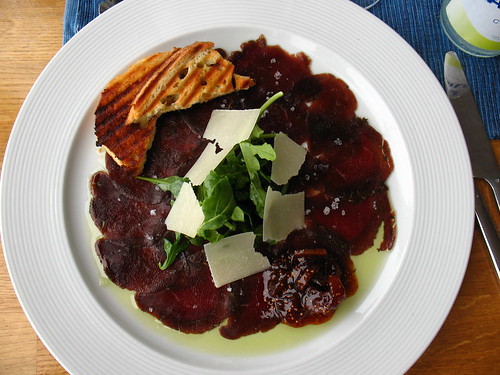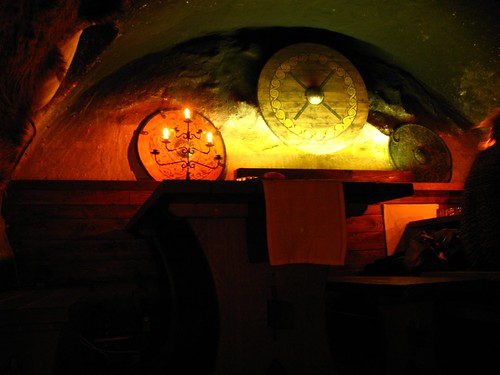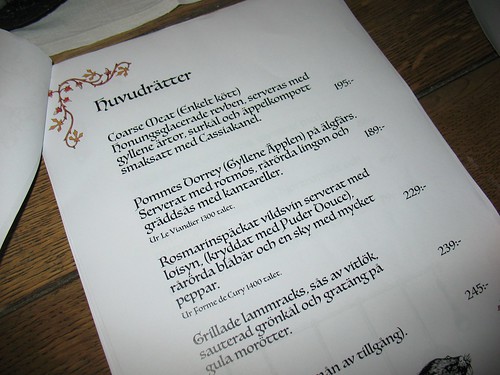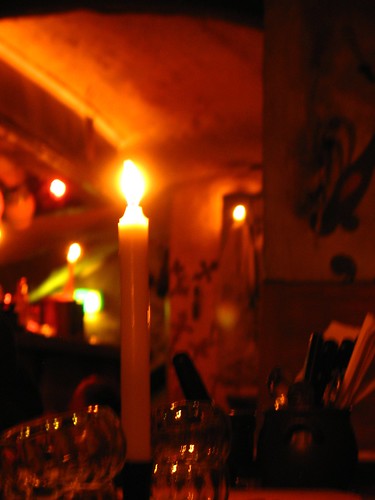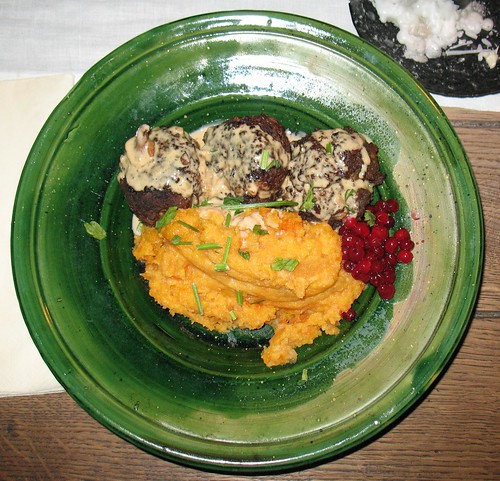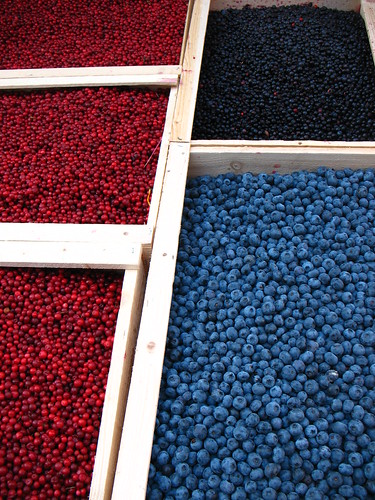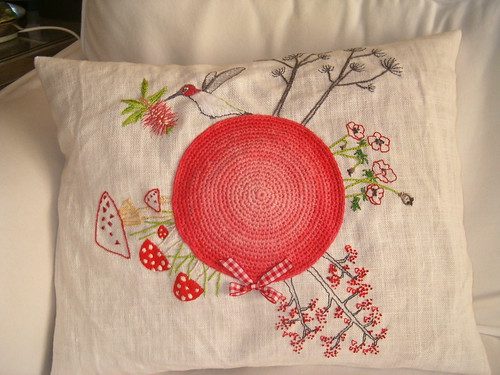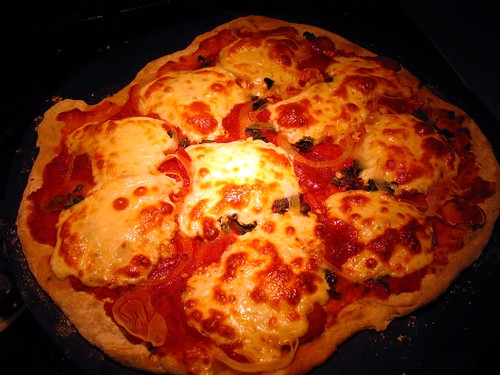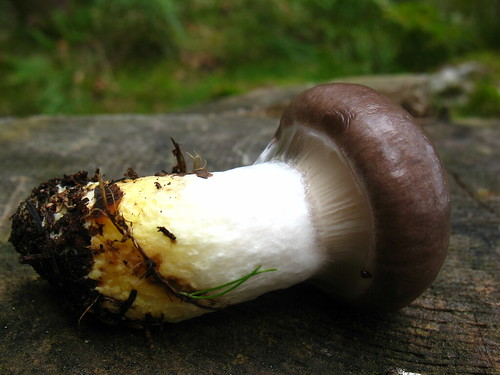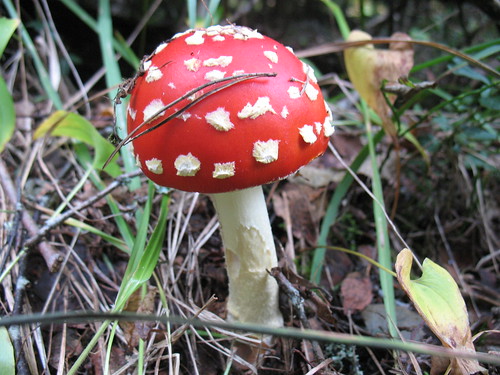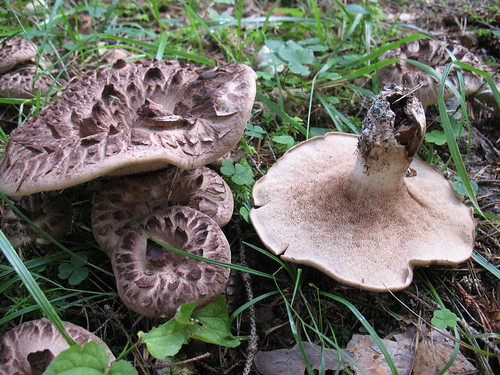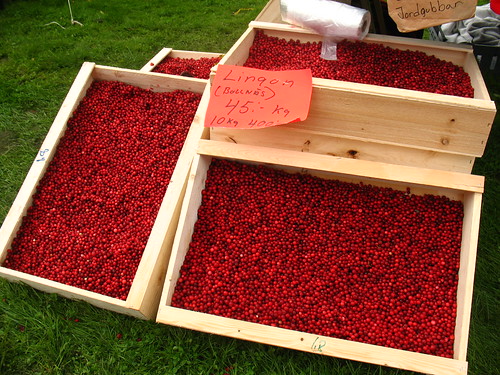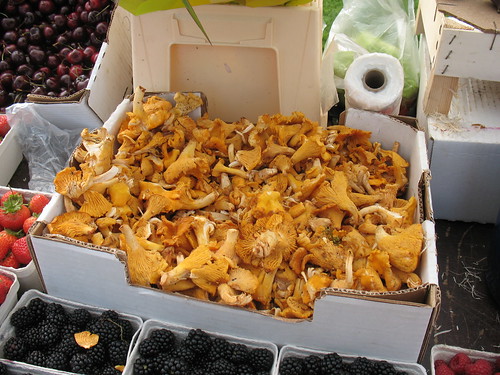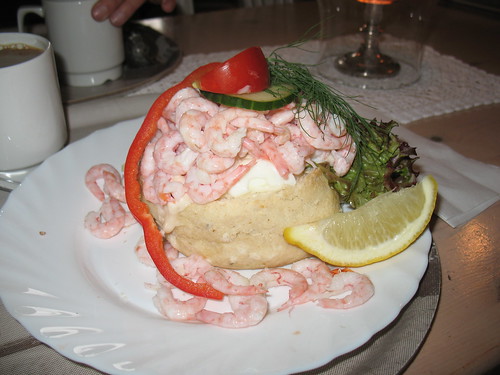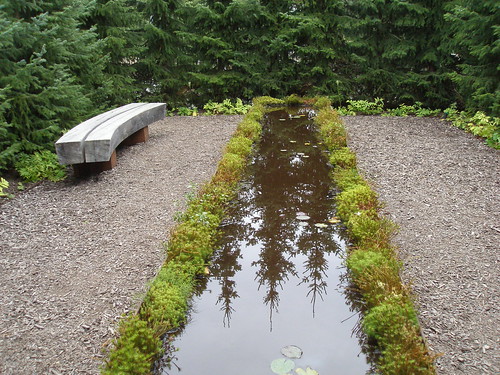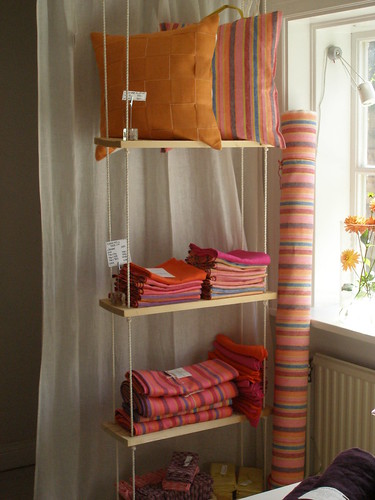Old and real things last longer
In the small, semi-northern Swedish province of Gästrikland, there is an old village mainly consisting of a 1600s iron foundry with worker's baracks, mansion, farm buildings, storage cellars, and so on. This is Gysinge Bruk, which has recently been restored and is now used as a conference center. These rural places have a hard time to survive financially, but Gysinge has found its niche in the Swedish economy.
Some passionate people founded the Centrum for Byggnadsvård (approximately the Center for the Care and Restoration of Historic Houses, website is unfortunately mostly only in Swedish) here, and this has become a pilgrimage place for many Swedes who have old houses they want to care for using old practices. Paints are sold using old recipes using either oil or flaxseed oil (no acrylic here), and copies of old electrical, lightning, or metal parts are sold for replacement of broken old parts. They have courses and workshops in careful and thoughtful renovation of these soulful houses, and there are many, many historic houses in Sweden, so the interest from the public is huge.
Part of their center is a hands-on demonstration of a work-in-progress where 1700s farmhouse is being restored and simultaneously converted into a suitable and efficient house for a modern family. Nowhere do you see chrome, plastic molding, and other modern materials, even if the tools they use are sometimes high-efficient and modern. This creates a unique atmosphere in these houses, a warm welcoming feeling of memories and recognition, at least for me who has lived in several old houses and seen many more in Sweden.
 The appreciation for the natural materials, the simplicity of lines and designs (even when elaborate), and the history of craftsmanships are all things that form the foundation for this amazing place. What this center provides is incredibly important for Swedish culture and history, and they really create new life in old buildings. Of course many people use these designs in their modern houses as well, inspired as they are of seeing the shapes, colors, and lines of times past.
The appreciation for the natural materials, the simplicity of lines and designs (even when elaborate), and the history of craftsmanships are all things that form the foundation for this amazing place. What this center provides is incredibly important for Swedish culture and history, and they really create new life in old buildings. Of course many people use these designs in their modern houses as well, inspired as they are of seeing the shapes, colors, and lines of times past.On the website the founders of this center asks us the question: "Who would cut up the side of an old T-Ford to press in the door to a new Toyota Corolla?" Still, this is what many people do when they own an old historic house. Then they point out that many times this is done because people don't know they can replace old with old, because they don't know about the center in Gysinge where you can buy parts and products. They sell not only paints and parts, but also moldings, wall paper, brooms, windows, flower pots, kerosene lamps, signage, railings, electric switches, tiles and chairs.
More photos from Gysinge here. Click on the photos above if you want to read more about them,
